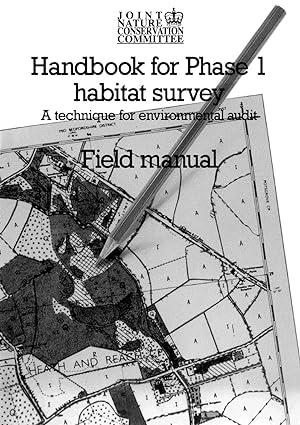Question
Multiply Choice Questions (15 marks) 1) Which of the following uses managerial accounting? a) manufacturing and service entities, but not merchandising b) profit-oriented businesses only
Multiply Choice Questions (15 marks)
1) Which of the following uses managerial accounting? a) manufacturing and service entities, but not merchandising b) profit-oriented businesses only c) service, manufacturing, and merchandising entities d) only manufacturing entities
2) What activities and responsibilities are not associated with managements functions? a) planning b) accountability c) controlling d) directing
3) In which of the following categories do indirect materials belong? Product Manufacturing Period Cost Overhead Cost a) No No Yes b) Yes No No c) Yes Yes No d) Yes Yes Yes
4) Manufacturing overhead can be categorized as a) a prime cost and a period cost. b) a conversion cost and a period cost. c) a prime cost and a product cost. d) a conversion cost and a product cost.
5) Which one of the following is a difference between a job-order cost and a process cost system? a) The manufacturing cost elements are different. b) Costs are totalled at different points in the manufacturing process. c) The costs flow through the accounts differently. d) Three primary costs make up the costs of products in a job-order system, while only two costs are used in process costing.
6) Decision making
4 a) involves reviewing the results of a decision once the decision has been made. b) using incremental analysis focuses on the amounts which are the same among alternatives. c) involves management considering only financial information because accounting is presented in a financial context. d) always follows the same pattern, because decisions vary significantly in their scope, urgency, and importance.
7) Which statement is true about relevant costs in incremental analysis? a) All costs are relevant if they change between alternatives. b) Only fixed costs are relevant. c) Only variable costs are relevant. d) Relevant costs should be ignored.
8) Absorption costing a) is preferred to variable costing for external reporting purposes, but either method is acceptable. b) normally results in higher net income than variable costing, and is therefore required for income tax purposes. c) is not allowed for external reporting purposes. d) is required under GAAP.
9) Which of the following is NOT a potential advantage of variable costing relative to absorption costing? a) Net income calculated under variable costing is unaffected by changes in production levels. b) It is easier to understand the impact of fixed and variable costs on the computation of net income when variable costing is used. c) The use of variable costing is consistent with cost-volume-profit analysis. d) Net income calculated under variable costing is not closely tied to changes in sales levels.
10) The master budget contains which two classes of budgets? a) the master budget and subsidiary budgets b) the primary and secondary budgets c) the historical and current budgets d) the operating budgets and financial budgets
11) The difference between a budget and a standard is that
a) a budget expresses what costs were, while a standard expresses what costs should be. b) a budget expresses management's plans, while a standard reflects what actually happened. c) a budget expresses a total amount while a standard expresses a unit amount. d) standards are excluded from the cost accounting system, whereas budgets are generally incorporated into the cost accounting system. 12) The break-even point a) is the point at which total sales equals total contribution margin. b) is the point at which total revenue equals total fixed costs plus total variable costs. c) is the point at which total sales equal total fixed costs. d) is the point at which total sales equal total variable costs.
13) What is a profit centre? a) a division of a company that has never incurred a loss b) a responsibility centre that incurs costs and generates revenues c) a centre evaluated by the rate of return earned on the assets allocated to the centre d) a division of the company that has fewer costs than the other divisions
14) Which of the following is a non-value-added activity? a) engineering design b) machining c) inspection d) packaging
15) Which one of the following best describes a master budget? a) It is an interrelated long-term plan and operating budgets. b) It includes financial budgets and a long-term plan. c) It includes interrelated financial budgets and operating budgets. d) It is all the accounting journals and ledgers used by a company.
Step by Step Solution
There are 3 Steps involved in it
Step: 1

Get Instant Access to Expert-Tailored Solutions
See step-by-step solutions with expert insights and AI powered tools for academic success
Step: 2

Step: 3

Ace Your Homework with AI
Get the answers you need in no time with our AI-driven, step-by-step assistance
Get Started


